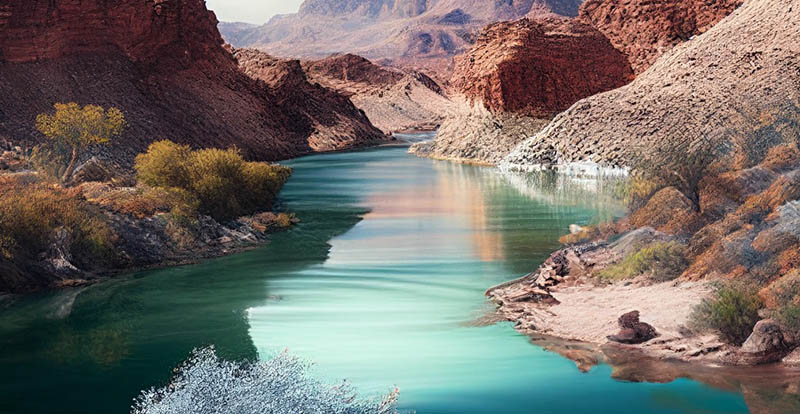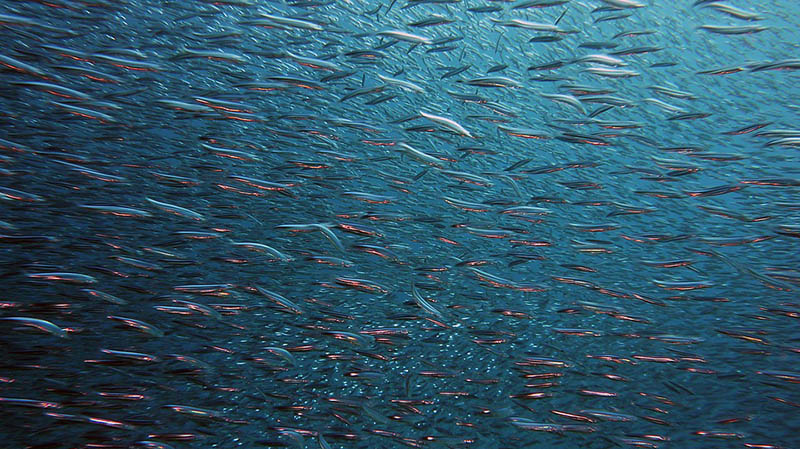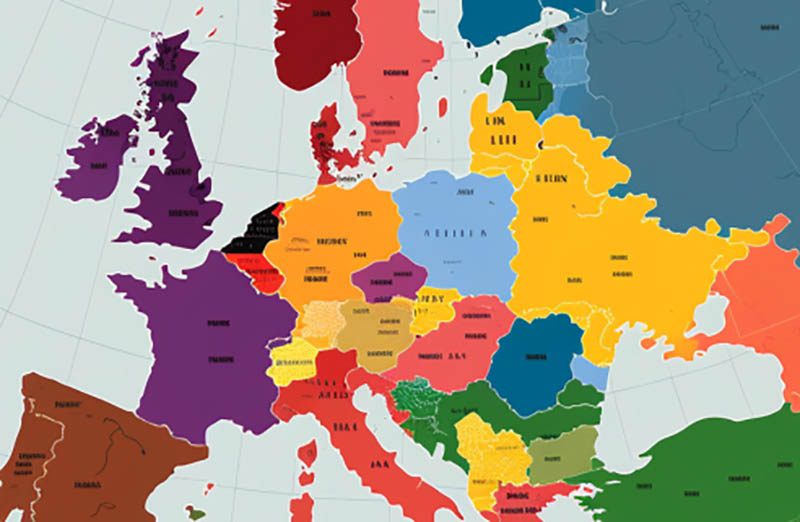The Colorado River is extremely important to millions of people. It is a valuable source of resources, but it is currently suffering from environmental degradation.
Colorado River facts
- The Colorado River is approximately 1,450 miles long which makes it the 6th longest in the US. It originates in the Rocky Mountains of Colorado before flowing through seven states and into Mexico’s Gulf of California. Also, it flows through two Mexican states.
- The river is a crucial source of water for over 40 million people in the southwestern United States, including cities like Las Vegas, Phoenix, and Los Angeles.
- The Colorado River also provides water for irrigation for the region’s agriculture industry, which produces a significant portion of the country’s fruits, vegetables, and other crops.
- The Grand Canyon, one of the world’s most famous natural wonders, was formed by the Colorado River over millions of years.
- The river was once a free-flowing body of water, but today it is heavily regulated by a system of dams and reservoirs.
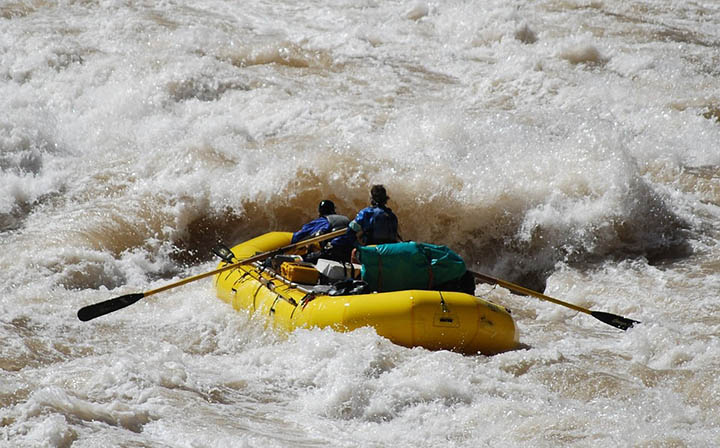
Colorado River ecology
- The Hoover Dam, built here in the 1930s, is one of the largest hydroelectric power plants in the world. The dam was built in response to a growing demand for water and electricity in the southwestern United States. It was seen as a way to stabilize the river’s flow and provide a reliable source of water and power for the region. However, the dam also had major impacts on the river’s ecosystem. It is disrupting its natural flow patterns and altering its habitat for many plant and animal species.
- The river is home to a diverse range of plant and animal species, including over 90 types of fish, hundreds of bird species, and many reptiles and mammals.
- The Colorado River is also an important cultural and spiritual resource for several Native American communities. This includes the Hualapai, Havasupai, and Navajo tribes.
- That’s a popular destination for recreational activities, including rafting, kayaking, fishing, and hiking, and attracts millions of visitors each year.
- The river’s water levels keep declining, in part due to increasing demand from cities and farms. Also, there are impacts of climate change, such as more frequent droughts and reduced snowpack. It leads to concerns about its ability to support the growing populations and economies of the southwestern United States.
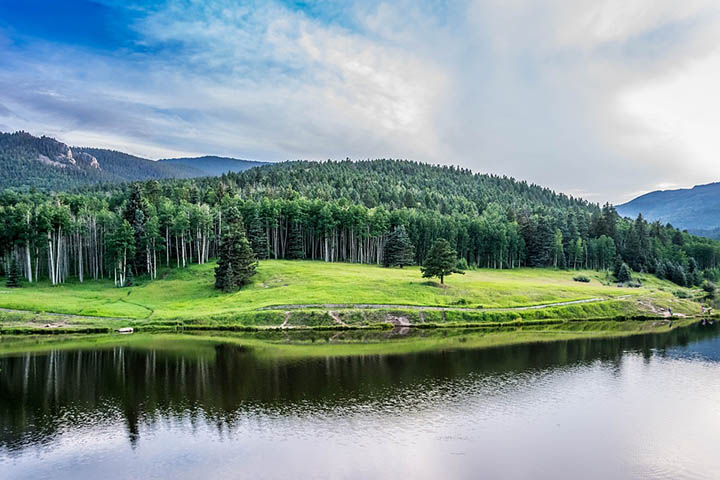
Amazing facts
- The seven states that share the Colorado River are engaged in ongoing negotiations to manage the river’s resources and ensure a sustainable future.
- The river’s history is marked by periods of growth and decline, as communities and industries have risen and fallen along its banks as the river’s water levels have fluctuated.
- Despite its challenges, this river remains a vital resource for the southwestern United States and a symbol of the region’s rich cultural and natural heritage. It will continue to play a critical role in shaping the geography and history of the southwestern United States for generations to come.
- The Colorado River is a critical habitat for many plant and animal species, and efforts are underway to protect and restore its ecosystem. By the way, Non-native species, such as quagga and zebra mussels, are also affecting the Colorado River’s ecosystem. The river is also the focus of ongoing scientific research, as scientists work to understand the impacts of human activities and climate change on its ecosystem.
- The Colorado River was first explored by Europeans in the late 1500s when Spanish explorers began to map the area. However, the river’s history extends back much further! Native American communities in the region were relying on its water resources for thousands of years.
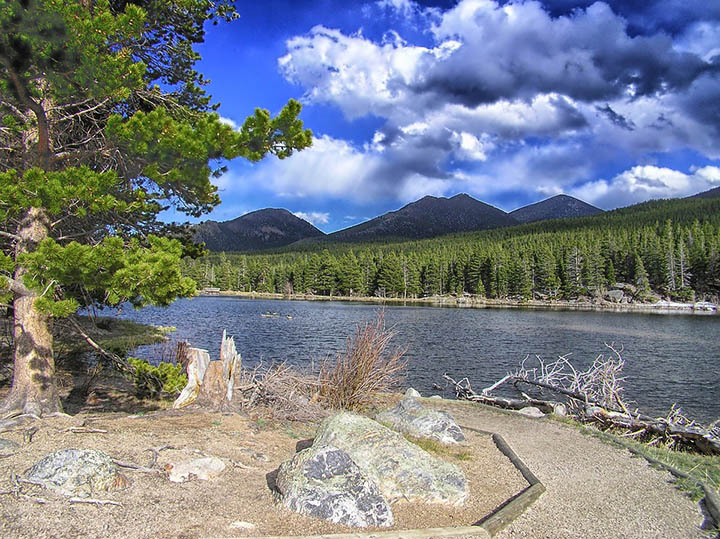
Random facts
- The drainage basin or watershed of the Colorado River encompasses 246,000 square miles (640,000 square kilometers) of southwestern North America. That makes it the seventh largest on the continent! About 97 percent of the watershed, is in the United States.
- In the early 20th century, people saw this river as a symbol of American ingenuity and determination. Communities and industries harnessed its power to drive economic growth and development in the region.
- Its source is located at La Poudre Pass in the Rocky Mountains at an altitude of 10,184 feet (3,104 meters).
- Normally, the Colorado River pours about 20.1 cubic kilometers (16.3 million acre-feet) annually into the Gulf of California. An average flow is 640 cubic meters (22,500 cubic feet) per second.
- It isn’t too deep, the average depth is just 20 feet (~6 meters).
